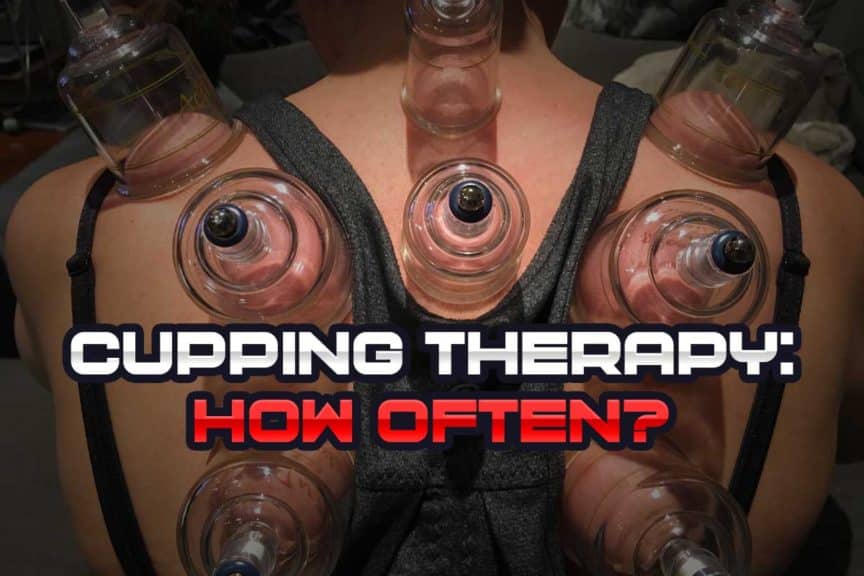When it comes to helping the human body heal and regain health, the right treatment frequency for ANY type of intervention is absolutely critical. If treatment frequency is too low, recovery might be delayed or occur at all. If the frequency is too high, it can also impair recovery and hamper the rehabilitative process.
So, when it comes to therapeutic cupping, what’s the best frequency to perform this soft-tissue treatment technique? Well, the answer (and the explanation why) are in this article!
Scientific literature supports cupping therapy being effective when performed daily, semi-daily, three times per week, and even once per week. The frequency of treatment appears to be inversely proportional to the treatment intensity and duration.
If you want all the details, including how to determine which frequency will likely be best for you, then keep on reading!
ARTICLE OVERVIEW (Quick Links)
Click/tap any of the following headlines to instantly jump to that section of the article!
• What does the science say about cupping frequency?
• Make sure to consider these critical factors
• How to pick the ideal frequency for your needs
Related article: Theracup: The ULTIMATE Review By A Physical Therapist (With Pictures)
Disclaimer: While I am a physical therapist, I am not YOUR physical therapist. As a result, I cannot tell you whether or not any treatments mentioned on this website may or may not be appropriate for you, including how often to perform therapeutic cupping. By following any information within this post, you are doing so at your own risk. You are advised to seek appropriate medical advice for any pain you may be experiencing.
What does the science say about cupping frequency?
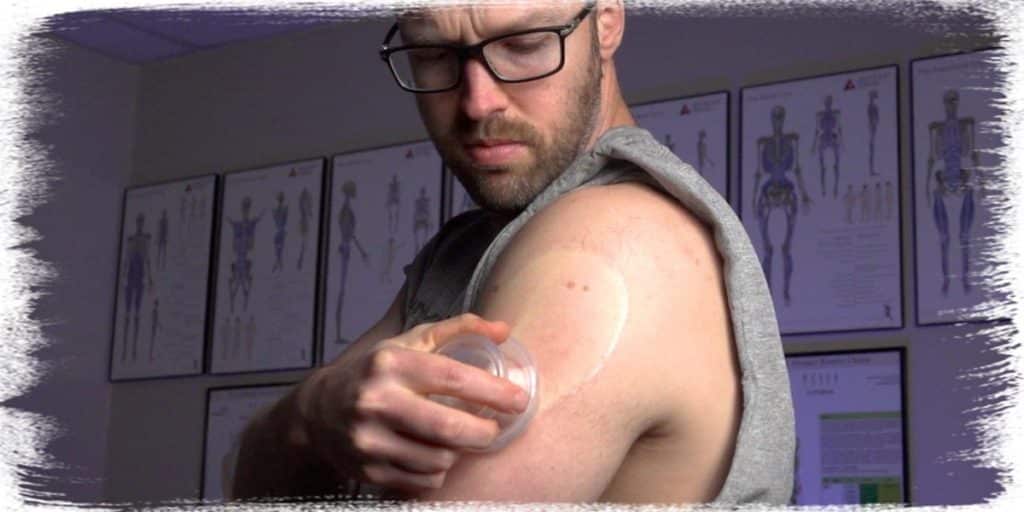
While many individuals will pick their ideal cupping frequency based on anecdotal evidence, it’s always a good idea to understand what the science says as well. This is not to say that there is no room for personal experiences when it comes to cupping; rather, it means that a well-informed mind can help to ensure optimal success.
Since cupping has been found within the scientific literature to be a safe, home-based treatment that the average individual can perform on their own, there’s certainly a lot of room for anecdotal experience. So, don’t feel like you have to conform strictly to what the literature has found. Besides, I haven’t come across any studies that have exclusively examined treatment frequency as the primary outcome measurement.
But, I have found some systematic reviews, which list all of the treatment frequencies for each study that it includes, and there’s certainly a lot of insight to be drawn from this research.
If you want to check out the article, here it is:
As well, here are some other great articles to check out:
• An overview of systematic reviews of clinical evidence for cupping therapy2
Looking deeper into the findings within the literature
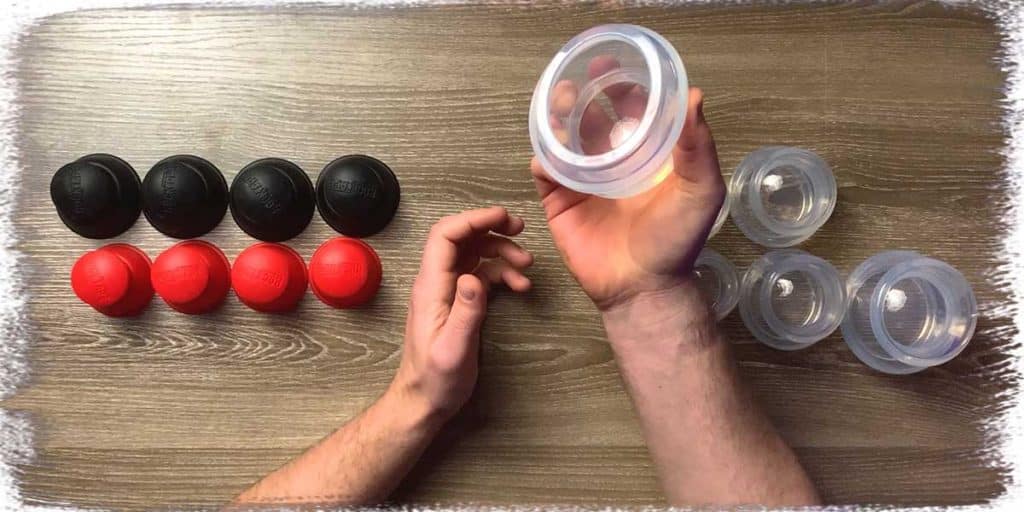
If you take the time to really sift through the study (among other studies), you’ll notice that many studies examine the therapeutic effects of cupping by itself. Others also pair it with another therapeutic adjunct (such as TENS therapy).
For the sake of this blog post, the ideal frequency for performing cupping will be in reference to performing cupping in a solo manner, without any additional treatment adjuncts performed within the treatment session.
Again, in addition to treatment adjuncts, you’ll likely notice that there’s a range of treatment frequencies used throughout each study. Some studies performed cupping treatment on a daily basis, others on a semi-daily basis, and others even less frequently than that.
Regardless of the type of cupping being performed (wet cupping vs. dry cupping, etc.), some important takeaways can be drawn from this research:
- The more intense the cupping is, the more time the targeted tissues likely need for recovery.
- If you have skin bruising or petechiae after your cupping session, it’s likely best to wait until any skin discoloration has subsided before cupping over the area again.
- Treatment that is essentially pain or discomfort-free can be performed on a daily basis.
- Cupping therapy that has been combined with an additional therapeutic adjunct will likely require a lower treatment frequency.
- Treatment frequency may differ based on the desired outcome of the cupping therapy (ex. cupping for pain relief, cupping for improved blood flow, cupping for mobility improvement, etc.)
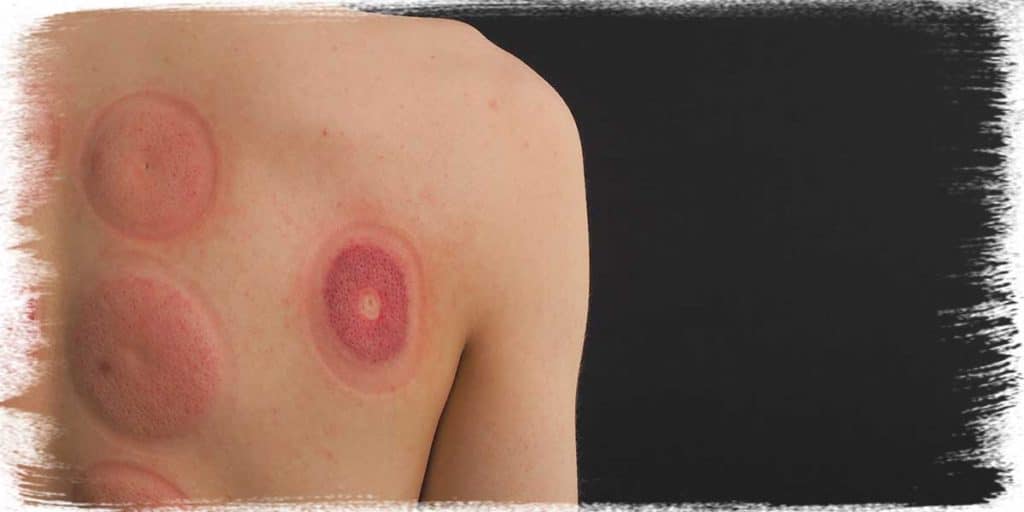
What do these findings mean for you?
In short, the literature at this point in time essentially says the following:
- Provided you’re an otherwise healthy individual, and that you use common sense, you’ll likely be safe to perform therapeutic cupping at least multiple times a week, if not more, be it on your own or from a healthcare professional.
- There’s room for you to experiment with what you may find to be the best frequency for your cupping needs.
- You can likely benefit from cupping therapy for pain relief, improved blood flow and perhaps even mobility improvement if using the correct treatment intensity and frequency.
Related article: Six Benefits Of Using An Acupressure Mat For Your Aches And Pains
But, keep in mind that there are some guidelines you should likely follow. And to learn what they are, continue onto the next section!
Make sure to consider these critical factors
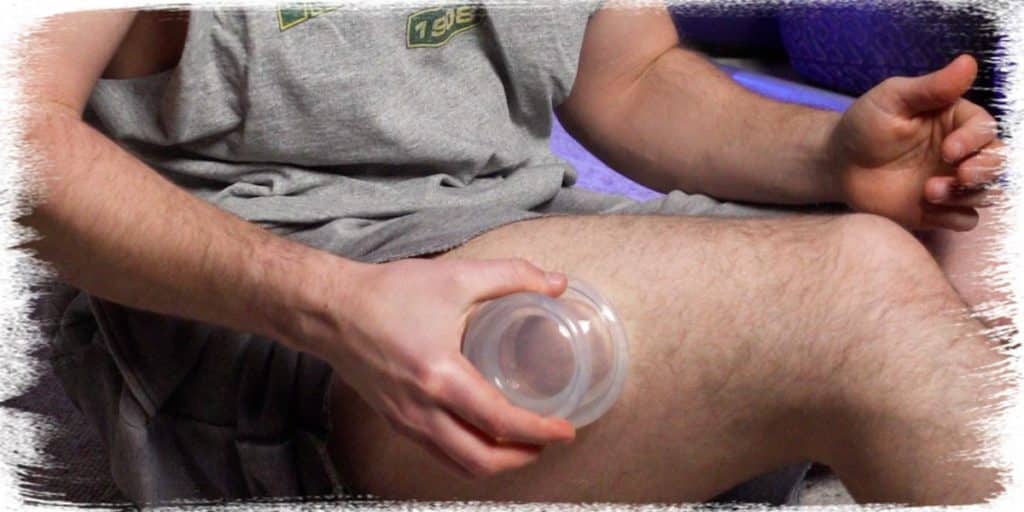
While there may not be a single, universal answer for ideal cupping frequency, the following factors can significantly influence what you can expect your optimal frequency to be:
Your current overall health
Your current overall health will be the single most significant determining factor when it comes to dialling in your optimal frequency.
A body with compromised health (for whatever reason) will likely have a less efficient ability to recover from a cupping session. So, if you have any ongoing health issues, keep this in mind (and be sure to get approval from your doctor as well).
Additionally, your age will play a predominant factor in what your body can tolerate with cupping (which will influence the frequency). Younger bodies recover from therapeutic treatments much more quickly than older bodies.
Related article: Vibrating Foam Roller vs Regular Foam Roller: Proven Benefits Of Each
As well, our skin becomes more friable (thin and delicate) as we age, so keep in mind that you might need to decrease the overall amount of intensity, duration or frequency of your cupping based on what the skin can tolerate.
The health of the area(s) that you’re treating
How healthy (or unhealthy) the targeted area you’re performing your cupping for can significantly influence how frequently it can tolerate treatment.
As a very general rule: the more unhealthy the tissue within the area is, the lower intensity and duration of the cupping it may likely tolerate. As a result, this will likely reduce the frequency at which you can treat it.
Relatively healthy tissue will likely have a higher and quicker capacity to recover from a cupping treatment, which means it will probably tolerate a higher frequency than unhealthy tissue.
What you’re hoping to get out of your cupping
People perform therapeutic cupping for different reasons. Some do it as a relaxation technique. Others do it for pain prevention, while others do it for pain elimination. Still, others may opt to perform their cupping as a means to help maintain or even improve their mobility.
What this means for YOU is that your results will greatly depend on why you’re doing your cupping in the first place. What may be considered acceptable frequency to an individual performing light cupping for injury prevention might not be regarded as acceptable to an individual hoping to improve their mobility.
Related article: IASTM: Here’s How It Works To Decrease Pain And Improve Mobility
So, certainly, keep this factor in mind when working to determine what your ideal cupping frequency may be.
The type of cupping you’re performing
In case you’re unaware, there are plenty of different styles of cupping and various techniques that can be used for each of those styles. As such, these can also become critical factors to be aware of when determining optimal cupping frequency for your specific needs.
The three more common styles of cupping include traditional fire cupping, vacuum pumping and silicone cupping. Each of these styles can produce vastly different amounts of tissue decompression when compared to one another.
Additionally, cupping techniques can be performed in either a static or dynamic manner. Static cupping refers to letting the cup sit in place on the skin for a specific timeframe. In contrast, dynamic cupping typically involves continually gliding or moving the cup across a general area of skin.
Each style and technique has its own unique benefits, so one isn’t necessarily better than the other; it all comes down to your needs and preferences, which, again, can ultimately impact what your ideal cupping frequency may be.
How to pick the ideal frequency for your needs
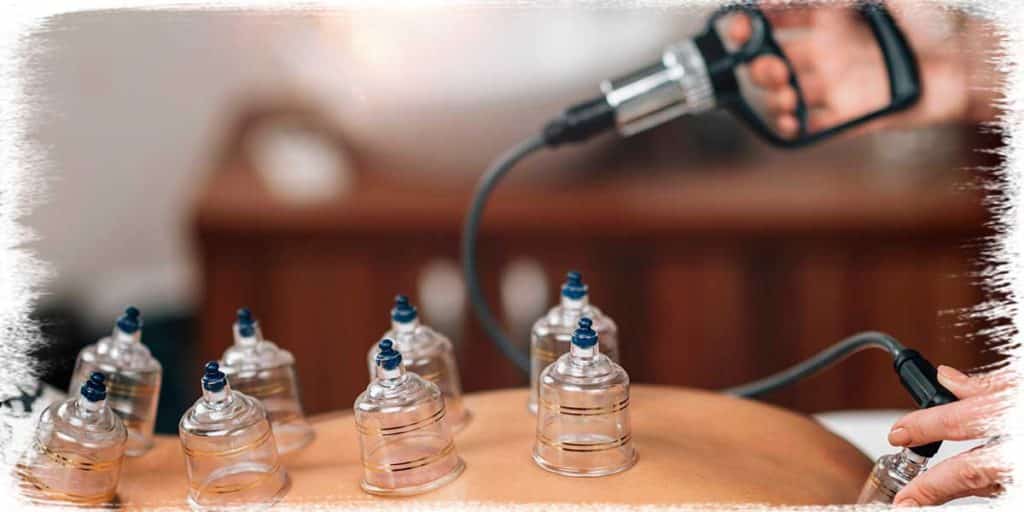
If you’re uncertain what may be the best treatment frequency for you, it’s likely best to start with a lower frequency and scale-up, as it’s better to initially under-dose the frequency than to over-dose.
Here’s an approach that may be worth starting with:
Perform a gentle cupping session (or have one performed by a qualified healthcare provider) and then monitor how the treated area looks AND feels over the next 72 hours. If you have no post-treatment soreness or skin discolouration after this timeframe, it’s likely safe to try a gentle session and monitor the area for 48 hours.
If all goes well, you can, after that, likely try treating the area every 24 hours or even a few times each day.
Yes, this is a very conservative approach to take but is nonetheless a wise way to start out if you’re absolutely unsure of how your body will react to a cupping therapy session or if you have reason to believe that your body might need a bit of a prolonged recovery time between sessions.
Final thoughts
Cupping has been shown to be a relatively safe treatment technique. Still, it hasn’t specifically examined (within peer-reviewed articles) what the ideal treatment frequency may be for maximum results. Therefore, you’ll likely need to take some time and use a bit of your own intuition as to what the ideal treatment frequency might be when it comes to your own needs.
Every individual has different needs and intentions with cupping, so there will likely never be a universal “one size fits all” answer to how frequently you should perform therapeutic cupping. Thankfully, since cupping has been shown to be a relatively safe treatment technique, there’s room to experiment when it comes to finding what will likely work best for you!
References:
1. Cao H, Li X, Yan X, Wang NS, Bensoussan A, Liu J. Cupping therapy for acute and chronic pain management: a systematic review of randomized clinical trials. J Tradit Chin Med Sci. 2014;1(1):49-61.
2. Cao H, Han M, Zhu X, Liu J. An overview of systematic reviews of clinical evidence for cupping therapy. J Tradit Chin Med Sci. 2015;2(1):3-10.
3. Bridgett R, Klose P, Duffield R, Mydock S, Lauche R. Effects of cupping therapy in amateur and professional athletes: Systematic review of randomized controlled trials. J Altern Complement Med. 2018;24(3):208-219.
4. Wang Y-T, Qi Y, Tang F-Y, et al. The effect of cupping therapy for low back pain: A meta-analysis based on existing randomized controlled trials. J Back Musculoskelet Rehabil. 2017;30(6):1187-1195.
5. Zhang Y-J, Cao H-J, Li X-L, et al. Cupping therapy versus acupuncture for pain-related conditions: a systematic review of randomized controlled trials and trial sequential analysis. Chin Med. 2017;12(1):1-13.

Hi! I’m Jim Wittstrom, PT, DPT, CSCS, Pn1.
I am a physical therapist who is passionate about all things pertaining to strength & conditioning, human movement, injury prevention and rehabilitation. I created StrengthResurgence.com in order to help others become stronger and healthier. I also love helping aspiring students and therapists fulfill their dreams of becoming successful in school and within their clinical PT practice. Thanks for checking out my site!

